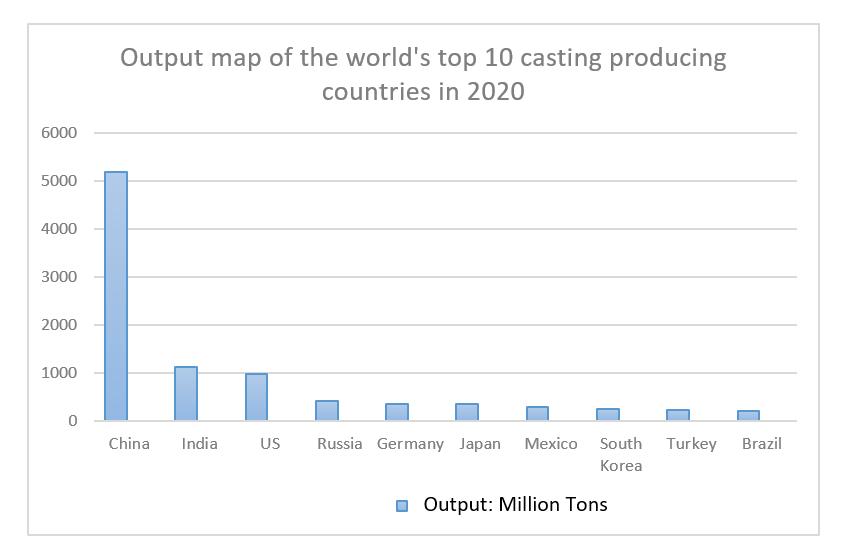Parting Sand in Foundry An In-Depth Look
In the world of metal casting, the term parting sand plays a crucial role in ensuring that the production process runs smoothly and efficiently. Parting sand, also known as parting compound, is typically used in foundries during the mold-making process. This article explores the significance of parting sand in the foundry industry, its properties, applications, and best practices.
What is Parting Sand?
Parting sand is a fine, dry material, usually made from silica or other inert materials, that is applied to the surfaces of molds to prevent the two halves from sticking together. When sand molds are produced, the mold is formed in two halves, which must be separated easily after the molten metal has been poured and subsequently cooled. Without an effective parting agent, the mold halves would adhere to each other, leading to potential damage or defects in the molded product.
The Importance of Parting Sand
The primary function of parting sand is to provide a non-sticking surface that enables easy separation of mold halves. This is crucial for several reasons
1. Quality of the Final Product Proper separation of the mold halves ensures that the shape and detail of the casting are preserved. Any sticking can warp the mold, leading to imperfections in the final product.
2. Efficiency in Production Quick and easy mold separation reduces downtime in the casting process. When molds can be removed swiftly, it leads to a more efficient use of resources and labor.
3. Mold Longevity Using parting sand helps protect the mold surfaces from damage. Over time, molds can wear out due to adherence and friction; parting sand mitigates this problem, prolonging the life of the molds.
Properties of Effective Parting Sand
For parting sand to be effective, it must possess certain properties
- Fine Grain Size Parting sand should have a fine, uniform granulation to create a smooth surface that effectively prevents sticking.
- Inert Composition It should be made from materials that do not react chemically with the metal being cast. Silica sand is commonly used due to its inert nature.
parting sand in foundry

- Low Moisture Content Parting sand must remain dry to function effectively
. Moisture can lead to clumping, which reduces its effectiveness at creating a non-sticking surface.Applications of Parting Sand
Parting sand is used in various casting processes, including
1. Sand Casting In traditional sand casting, parting sand is crucial for creating steel or iron parts in complex shapes.
2. Investment Casting While this process traditionally uses wax patterns, parting sand may still be used in some applications to facilitate mold separation.
3. Die Casting In high-volume production scenarios, parting sand may be utilized to ensure quick mold release between cycles, optimizing efficiency.
Best Practices for Using Parting Sand
To maximize the benefits of parting sand, foundries should adhere to certain best practices
1. Proper Application Ensure even distribution of parting sand on mold surfaces to avoid any sticking points.
2. Regular Maintenance Monitor the condition of molds and parting sand, replacing or reapplying as necessary to maintain optimal performance.
3. Selection of Materials Choose the appropriate type of parting sand based on the casting material and process requirements to ensure compatibility and effectiveness.
Conclusion
In the foundry industry, parting sand serves as a critical component that enhances both the quality of cast products and the efficiency of the manufacturing process. By understanding its properties, applications, and best practices, foundries can make informed decisions that elevate their casting operations. As technology advances and the demand for high-quality cast products increases, the importance of effective parting sand cannot be overstated. It remains a key element in achieving reliability, durability, and precision in metal casting.
Post time:តុលា . 19, 2024 03:12
Next:3d printing sanding
